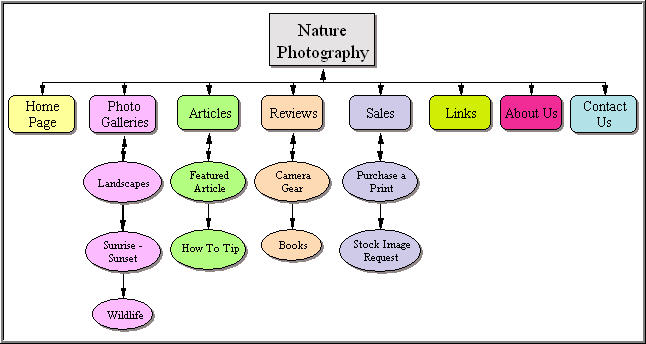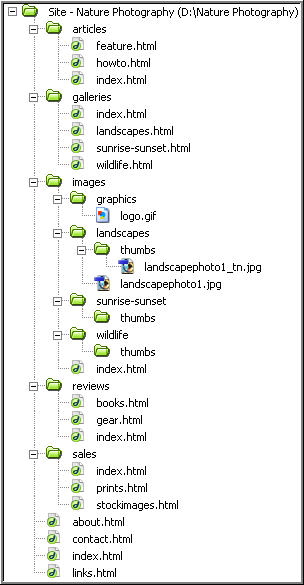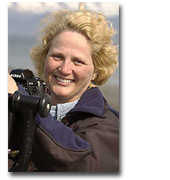|
|
 Roadmap for a Successful Web Site Copyright Jan Allinder Want to create a web site to showcase your photography? Great! Let’s start by answering three basic questions:
Purpose of Your Site Understanding why you want a web site and what you expect to gain from having an Internet presence is very important. As a nature photographer, you obviously want to display your images. But why do you want to display your images? Do you want to sell prints? Perhaps you want to sell stock images or a book you have written. The purpose of having a web site can be as simple as having a place to share your images with family and friends or as sophisticated as an ecommerce site with a searchable stock image database. Once you understand the purpose of your site, you can then define your target audience. Web Site Goals Goals are dreams put into writing. No one expects you to start out with a 100 page web site chock full of images and articles. Start off with short term goals that will be relatively easy to achieve over the next year. For long term goals, jot down a few ideas of what you would like to accomplish with your web site 2-3 years down the road. Image/Impression The Internet has become a very “visual” place. Most visitors who come to your site do not know you. Therefore, it is extremely important to make a good first impression. If your web site is not attractive and well-organized, you and your photography business will come across as unprofessional. Your overall design needs to match the purpose of your site. Building Your Roadmap Once you understand what you want to accomplish with your web site, it’s a lot easier to figure out how to get there. One of the easiest ways to build a “roadmap” for a successful web site is to create an outline using a word processor. This outline will become your roadmap or site index. Major topics will serve as the “major destinations” or divisions, while specific articles, reviews and images will comprise the “attractions” or web pages of your site.
Site Organization Organizing your web site from the beginning is a key to retaining your sanity when your site grows from 8 pages to 100 pages. Start by creating a directory on your hard drive for each of the major topics. Place your images in a subdirectory called “images”. Thumbnail images should be labeled in such a way that there is no doubt what they are (i.e. imagename_t.jpg, tn_imagename.jpg). File the thumbnails in another sub-directory called “thumbs”. If you provide PDF files or any downloadable material, place them in their own sub-directory. In addition to keeping your site organized, proper use of directories and sub-directories gives you greater control in securing your site from bandwidth theft and unauthorized access.
Effective Communication
Probably the most difficult process for photographers is knowing how to create an attractive design that communicates effectively with their target audience. A good place for inspiration is the Internet itself. Look for sites that you feel are pleasing to the eye, easy to navigate and provide content that is relevant to the subject. Content/Information A successful web site must provide unique information and be presented in such a way as to entice visitors to explore your site and give them a reason to return again and again. Using only your best images and providing good content is what will set your site apart from the other 500,000 nature photography sites on the Internet. Provide your audience with information that is beneficial to them. Keep your paragraphs short and easy to understand. Appearance & Design Your site’s appearance should attract and maintain the positive attention of your target audience. Don’t get caught up with the latest programming trends. Simple and elegant is often the best choice for nature photographers. Knowing the purpose of your site and developing a clear, concise roadmap is essential to reaching your short term & long term goals. Your best images along with unique content will present a professional-looking web site of which you can be proud. Jan Allinder - NPN 015 Comments on NPN web site design articles? Send them to the editor.
Jan Allinder is not only an avid nature photographer, but a talented webmaster as well. A member of the HTML Writers Guild, Jan thoroughly enjoys designing and creating web pages, including those for Moose Peterson, and Jerry and Barbara Jividen. Jan has been working with computers for over ten years, and believes that the Internet is a fantastic place to learn, meet new people and have a good time. Her primary goal when designing any web site is to help educate the public. To view Jan's work, be sure to pay her Lucid Images Wildlife Photography web site a visit! |
|
|


